In recent years, the film industry has begun a subtle yet decisive shift—embracing artificial intelligence not just as a tool but as a disruptive force that could redefine Hollywood’s very core. The allure of speed and cost savings tempts studios to replace traditional craftsmanship with algorithms that generate storyboards, visual concepts, and even entire scenes with startling rapidity. While this technological leap undeniably accelerates production cycles and reduces expenditures, it also threatens the essence of genuine artistry that has historically defined cinema. The risk is that in the blind pursuit of efficiency, studios are sacrificing the nuanced storytelling, cultural depth, and emotional authenticity that human creators bring to the table.
This shift toward automation isn’t just a matter of convenience; it poses a fundamental challenge to what makes storytelling meaningful. The romantic image of a dedicated artist sketching out a narrative, infusing it with personal insight and cultural context, is rapidly eroding. Instead, algorithms are crafted to mimic styles, often producing visually competent but emotionally hollow images. It’s an economic strategy dressed as innovation—where the goal is more about squeezing maximum profit than fostering genuine creativity. The danger lies in commodifying art, turning storytelling into a series of formulas dictated by data rather than human experience.
A Threat to Livelihoods and the Cultural Fabric
Equally concerning is the broader economic impact. Behind the shimmering curtain of blockbuster hits and enticing visuals, a real human cost lurks—workers whose livelihoods are at risk. Storyboard artists, special effects teams, and background creatives are voicing increasing anxiety. As AI takes over labor-intensive tasks, these professionals face the uncomfortable reality of diminished employment opportunities and eroded job security. The industry’s recent strikes, protests, and union movements underscore an instinctive resistance to a process that prioritizes bottom-line savings over human dignity.
This ongoing tension exposes a fundamental flaw in Hollywood’s modernization: it oftenSelective investments in artificial intelligence neglect the human touch that gives art its soul. Studios, gripped by corporate greed, are tempted to cut corners by deploying AI as a substitute for experienced artisans. This shortsightedness not only threatens individual careers but also risks impoverishing the cultural diversity and emotional resonance that cinema traditionally celebrates. By automating craft, Hollywood risks transforming into a factory of mass-produced entertainment devoid of authentic human voice—a dangerous trajectory that could dilute the industry’s cultural significance.
Potential and Peril: The Future of AI in Creative Collaboration
Despite the mounting concerns, some industry visionaries see AI not as an adversary but as a potential collaborator. Figures like Darren Aronofsky are pioneering paths where artificial intelligence serves as an extension of human creativity rather than its undoing. Aronofsky’s venture into establishing an AI-driven film studio suggests a balanced approach—embracing new technology while respecting the artistic process. These forward thinkers envision a future where machines assist creators by offering new narrative possibilities, democratizing filmmaking, and inspiring experimental storytelling that would otherwise be impossible.
While critics caution that such integrations risk diluting artistic authenticity, the proponents argue that AI, when wielded responsibly, can amplify human ingenuity. It can serve as a brainstorming partner, help overcome writer’s block, or generate alternative visual concepts, freeing filmmakers to focus on refining the emotional core of their stories. Yet, this collaboration requires a delicate ethical framework—one that prevents automation from becoming a tool for exploitation rather than empowerment.
Balancing Innovation with Authenticity
The ongoing integration of AI into Hollywood is fundamentally a cultural experiment. It forces an industry rooted in human storytelling to confront profound questions about authenticity, creativity, and the purpose of art itself. Will audiences accept films shaped predominantly by algorithms? Can machines truly evoke the human emotions that make movies resonate on a personal level? These are not merely technical questions but philosophical ones that strike at the heart of artistic integrity.
From a center-right perspective, the challenge is to balance technological progress with a respect for the craftsmanship that has historically defined Hollywood’s excellence. Innovation should serve to elevate human talent—not replace it wholesale. Policies and industry standards must prioritize fair employment, encouraging studios to view AI as an adjunct rather than a substitute for human skills. This approach preserves the industry’s cultural richness and ensures that the pursuit of profits does not undermine the authentic human experiences that make cinema a unique art form.
The future hinges on whether the industry can navigate this technological upheaval responsibly. While AI offers tantalizing possibilities for democratization and reinvention, unchecked exploitation risks turning Hollywood into a hollow echo chamber of algorithmically generated content. Thoughtful stewardship, rooted in respect for human artistry and cultural authenticity, is essential if the industry is to avoid losing its soul for the allure of profit.
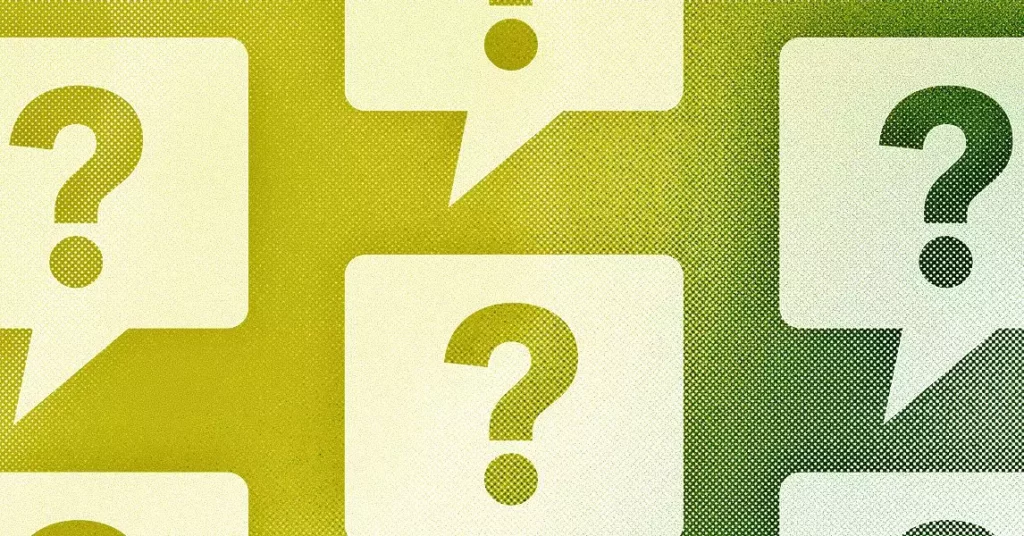
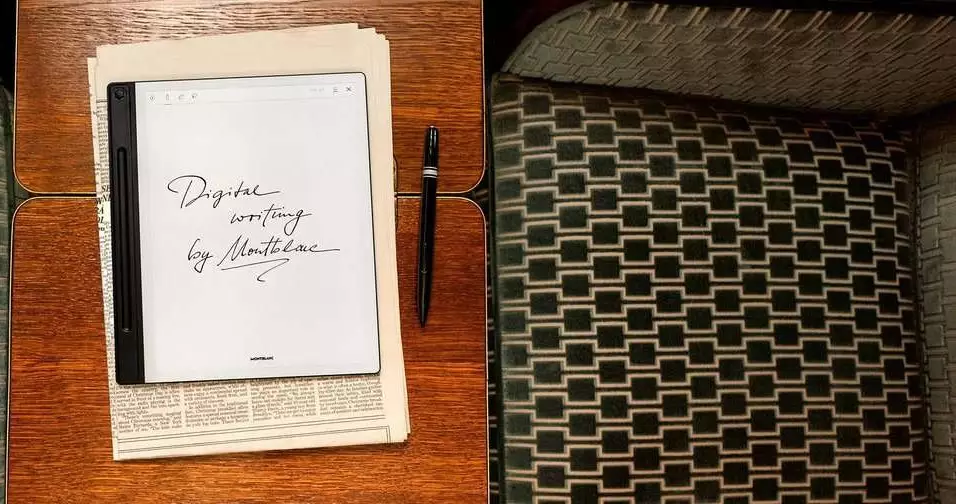
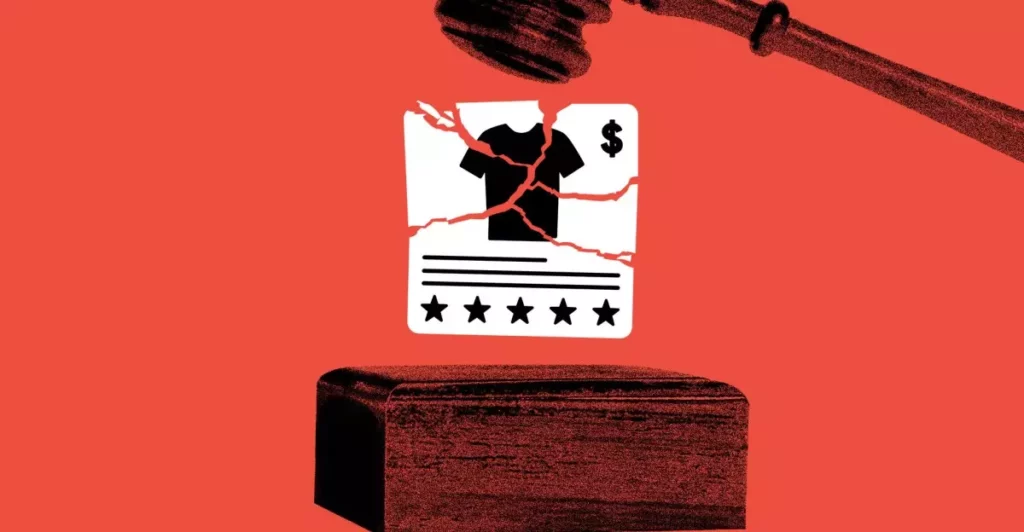
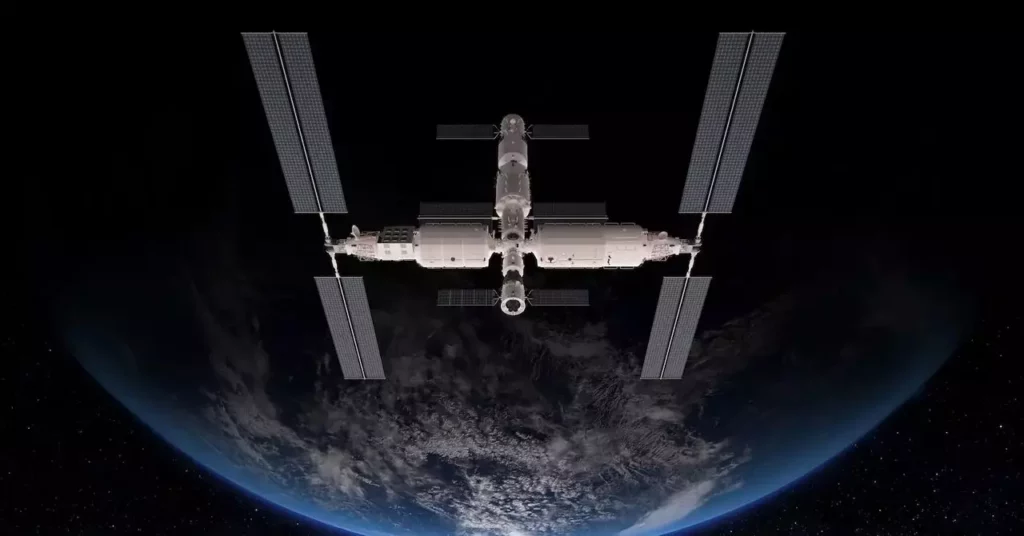
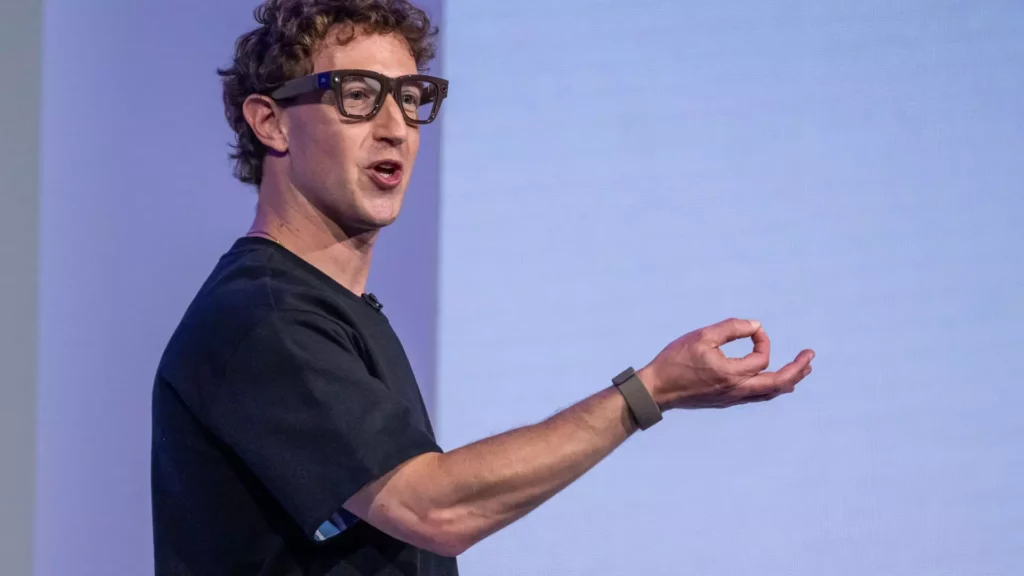
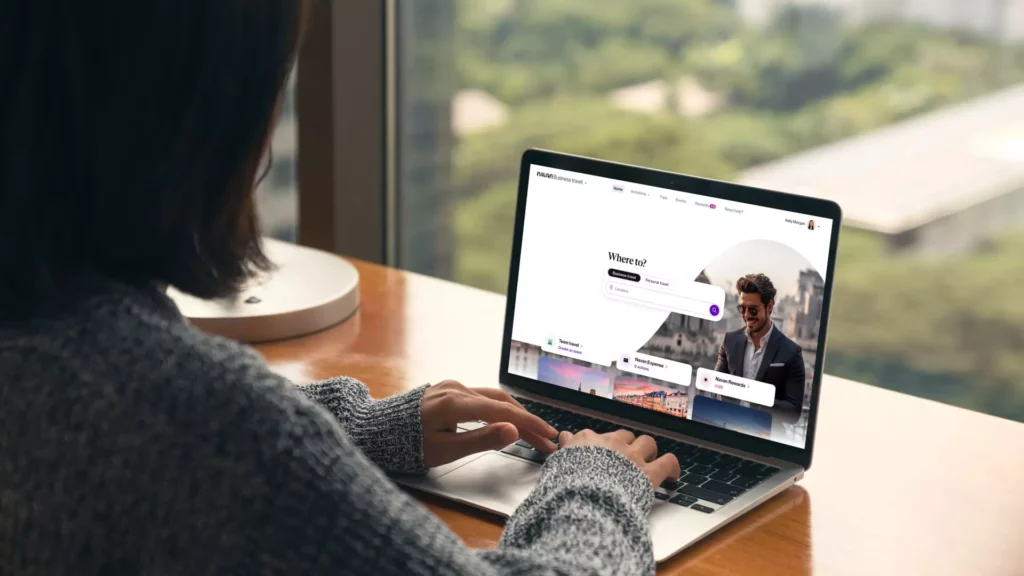
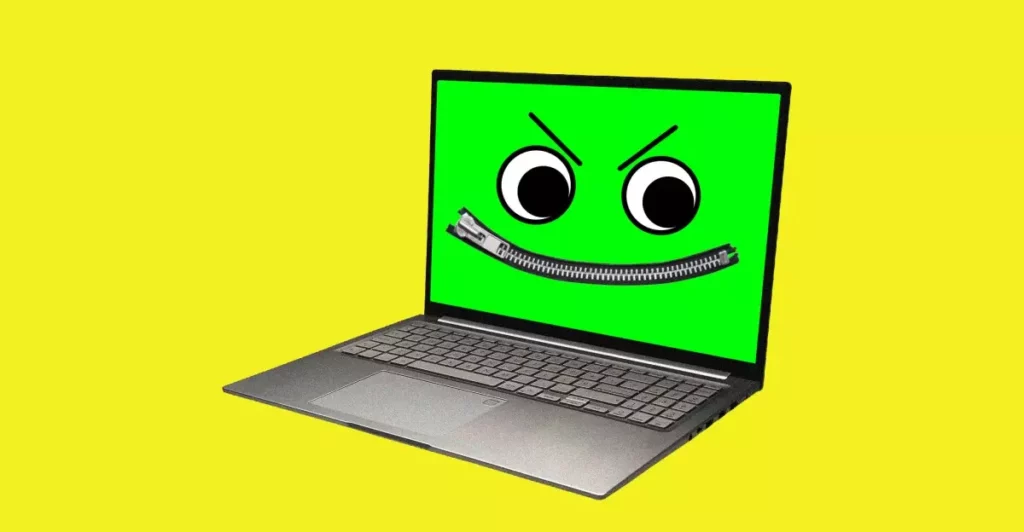
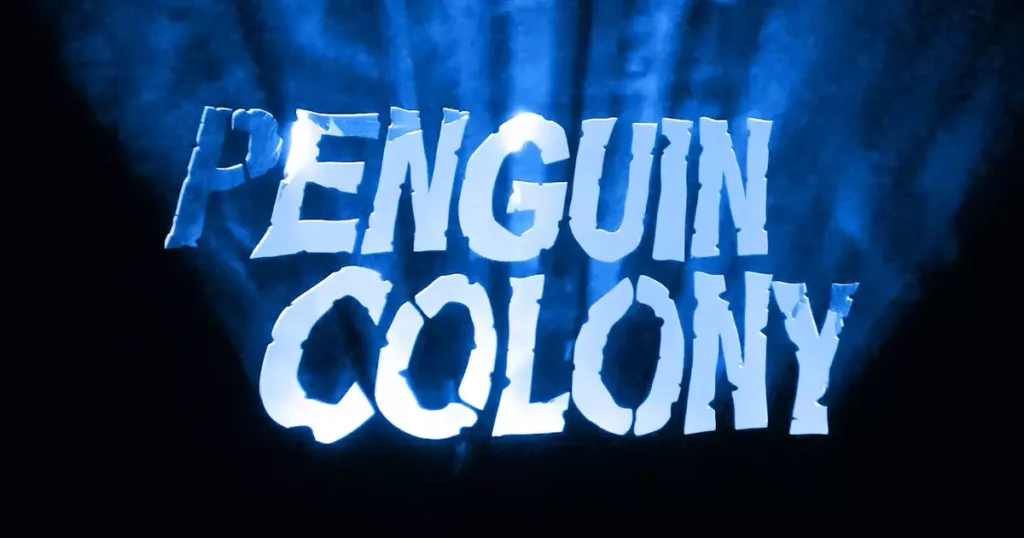
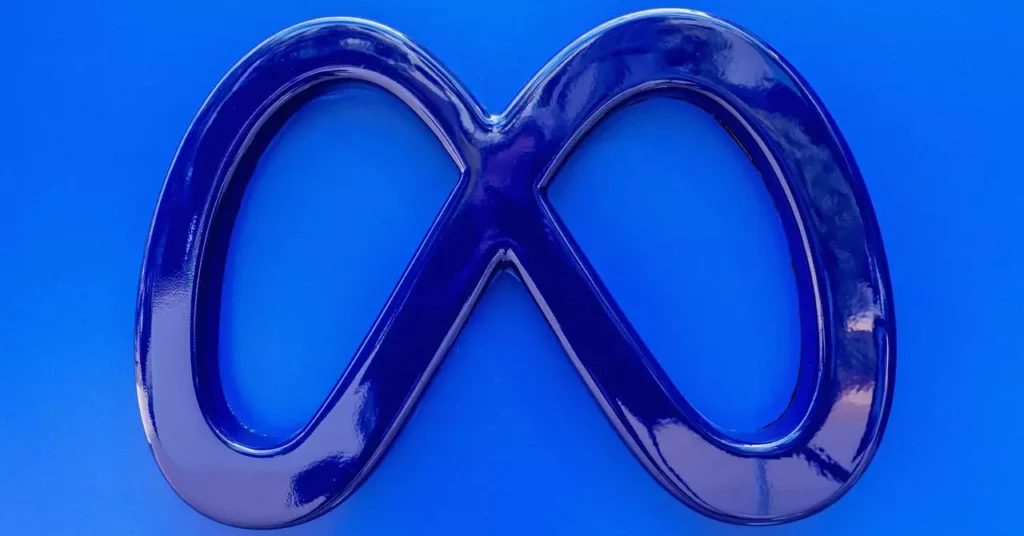
Leave a Reply